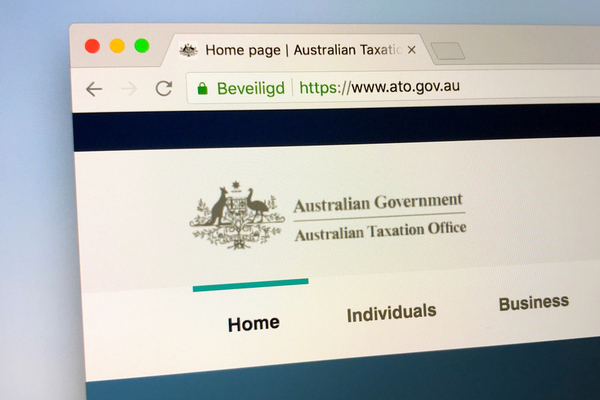Horror vacui is a concept attributed to Aristotle that has been restated several times over the last five centuries as “nature abhors a vacuum”. In the early part of this calendar year, changes to superannuation laws and a couple of other Federal Budget announcements were passed into law by Parliament, but little else was on the horizon in terms of new tax and superannuation measures being made into law. In late February the ATO stepped in to fill that void in dramatic fashion.

What happened
The ATO released four documents that relate to the use of discretionary trusts, including providing long awaited guidance on section 100A, being an anti-avoidance provision that was enacted in 1979. The documents released are:
- TR 2022/D1 – a draft public ruling on section 100A, which sets out the Commissioner’s preliminary views on the application of 100A. Section 100A can essentially void a distribution to a beneficiary and tax the trustee at 47% on that income if there is an agreement in place that someone other than the beneficiary receives the benefit of the distribution and that one of the purposes was a tax reduction purpose. There is an exception for ‘ordinary family or commercial dealings’. The ATO states that just because something is common, that doesn’t make it ordinary.
- PCG 2022/D1 – also in draft form, this is an expression of the ATO’s risk framework and compliance approach to 100A reimbursement agreements. The guide has four risk zones, being white (low risk), green (low risk), blue (medium risk) and red (high risk).
- TA 2022/1 – Taxpayer Alert “parents benefitting from the trust entitlements of their children over 18 years of age”. The ATO is reviewing arrangements where parents benefit from trust entitlements of their children, on the belief that taxpayers may enter such arrangements to avoid tax on trust income by utilising lower marginal tax rate applying to children, where the benefit from these distributions is enjoyed in substance by the parents.
- TD 2022/D1 – a draft tax determination on Division 7A and unpaid entitlements to corporate beneficiaries. This makes changes to the ATO’s Division 7A interpretation released back in October 2010 and in particular to the operation of sub-trusts for Division 7A compliance. Division 7A is long overdue for targeted legislative reform which the Government has been promising, but not delivering. This draft guidance represents more patchwork, even if it does clarify the ATO’s current views.
Why now?
Section 100A has been around for over 40 years, so the question of why this guidance is being released now is certainly relevant.
In an interview with The Tax Institute published 24th March the ATO’s Chief Tax Counsel outlined what had evolved over the last 20 years. In the early 2000’s there were concerns relevant to 100A around trust retention arrangements, but in consultation with the tax community the ATO was encouraged to instead focus on Division 7A.
Following release of Division 7A guidance in 2010, the ATO observed behavioural change, but “some bespoke arrangements then started to emerge where trusts were deliberately making certain beneficiaries entitled to trust income…where someone else was really intended to benefit”. In 2014 guidance was provided in an online fact sheet, however the ATO continued to observe a small number of arrangements of concern and at the same time the community was asking for the ATO’s advice in a form that would bind the Commissioner.
What does it all mean
For now there is a lot to work with, but also a lot to still play out. Most of what has been released is in draft form and there are still legal disputes on appeal that could affect the Commissioner’s published views, which is acknowledged in TR 2022/D1. The draft ruling is open for comment and submission until 8th of April. Furthermore, the expressed views and compliance guides are applicable from 1 July 2022.
However, in spite of that uncertainty on the final outcome, the ATO has planted their flag and essentially put many long established practices on notice as potentially being more risky than previously thought from a tax compliance point of view. These practices include both making distributions to adult beneficiaries (children or parents) on lower tax brackets without an intention of them benefitting from it, as well as offsetting outstanding entitlements against certain costs incurred when the beneficiaries were under 18 (private school fees being an obvious example).
Documentation is always an important consideration and the ATO is considering how they can further support practitioners, particularly given that there is typically a greater degree of informality with family arrangements and documentation. There is not an expectation that family members act like arm’s length parties, but the ATO is unlikely to accept that no records at all have been kept. Basic records like bank statements and evidence showing how funds were used and complying Division 7A agreements will always be relevant. Practitioners and taxpayers need to consider these views for their 2022 and 2023 tax planning strategies, whilst also continuing to monitor these documents for finalisation, along with prevailing expert opinion on how best to manage this new trust distribution landscape.
Please contact us if you have any enquiries.
